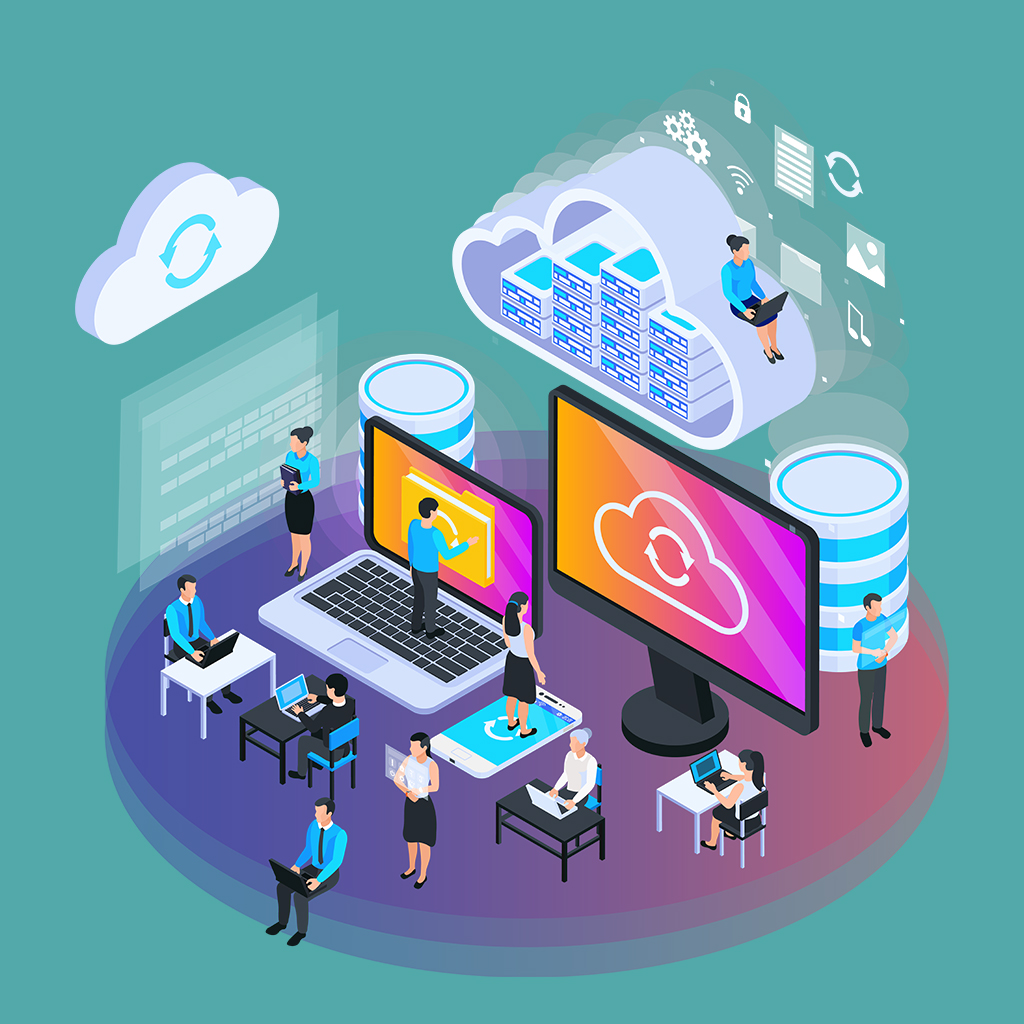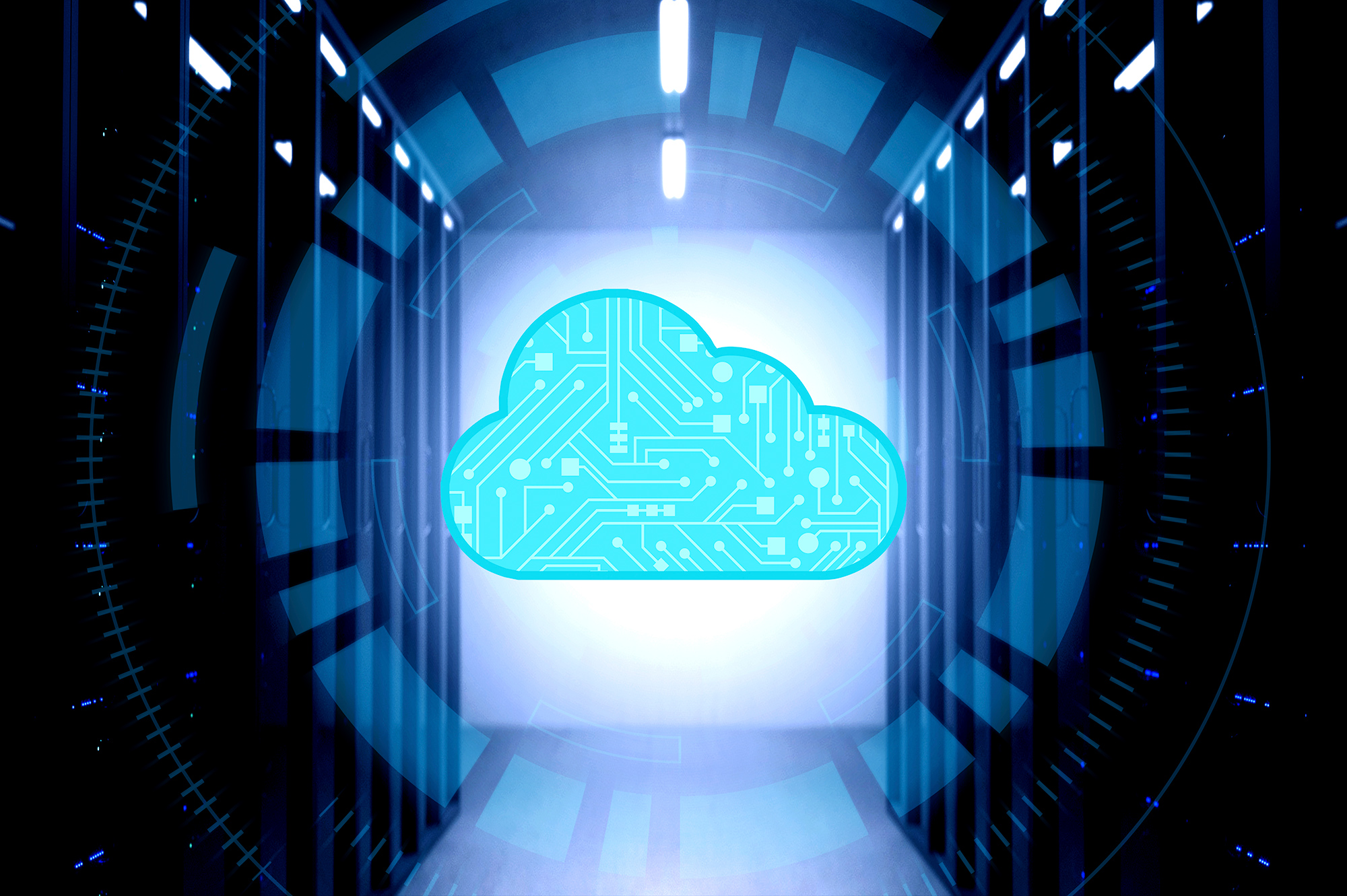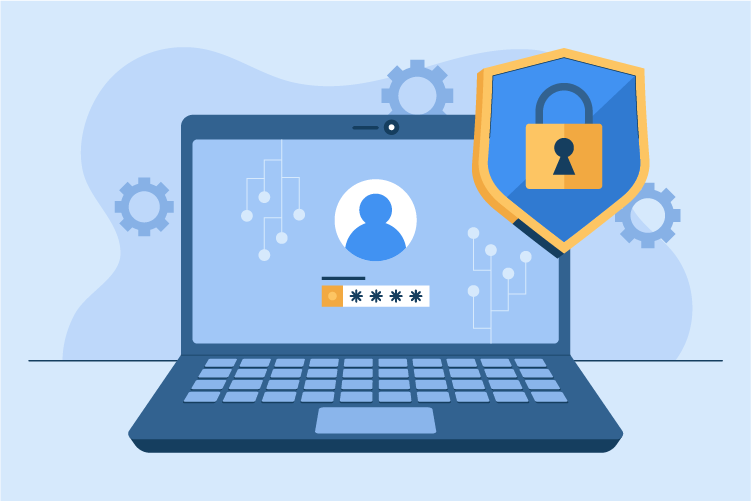
Serverless Monitoring
As organizations increasingly adopt serverless architectures, the need for robust monitoring and observability has never been greater. Serverless computing allows developers to focus on building applications without worrying about managing infrastructure, but it introduces new challenges in tracking performance, detecting issues, and ensuring reliability. Traditional monitoring methods may not be effective in these dynamic, ephemeral environments, making specialized tools and approaches critical.
In this post, we’ll explore the importance of serverless monitoring, key metrics to track, and the best tools to ensure your serverless applications are observable and performant.
What is Serverless Computing?
Serverless computing refers to a cloud-based execution model where developers write and deploy code without managing the underlying servers. Services such as AWS Lambda, Google Cloud Functions, and Azure Functions automatically scale resources based on demand, allowing developers to focus solely on writing code.
While the infrastructure is hidden from view, the performance of your serverless functions still needs to be monitored closely to ensure they meet user demands and don’t result in downtime or errors.
Why Monitoring and Observability are Critical in Serverless
Although serverless computing abstracts away infrastructure management, maintaining visibility into how your applications perform is crucial for ensuring reliability and optimizing resource usage. Here’s why monitoring and observability matter:
- Scalability: Serverless functions scale automatically, which is great for handling traffic spikes. However, monitoring performance metrics like latency and errors is essential to ensure that scaling occurs efficiently and without delays.
- Debugging: Without control over infrastructure, debugging issues in serverless can be tricky. Observability tools that provide logs, metrics, and traces help pinpoint where problems occur, even across multiple functions and services.
- Cost Efficiency: Since serverless pricing is based on function execution time, it’s vital to monitor resource usage to ensure cost efficiency. Over-provisioned functions or excessive cold starts can increase costs significantly.
Key Metrics for Serverless Monitoring
To maintain high performance in a serverless architecture, there are several metrics you should consistently monitor:
- Cold Starts: A cold start happens when a function is executed after a period of inactivity, leading to increased latency. Monitoring the frequency and duration of cold starts is key to improving response times.
- Execution Time: Track the duration of each function execution to ensure it stays within the desired performance range and doesn’t exceed time limits set by cloud providers.
- Error Rate: Keep an eye on how often your functions fail, either due to code errors or external service issues. High error rates can indicate problems that need immediate attention.
- Invocation Count: Monitoring how frequently functions are invoked helps you track user activity and adjust resource allocations accordingly.
- Resource Consumption: Track memory, CPU, and other resources consumed by your serverless functions to ensure you’re not over-provisioning resources and incurring unnecessary costs.

Observability for Serverless Applications
While monitoring tells you what happened, observability helps you understand why it happened. Observability tools for serverless architectures provide insights into the root causes of issues through three pillars: metrics, logs, and traces.
- Metrics: Real-time metrics offer an overview of performance, usage, and efficiency. Monitoring CPU usage, execution duration, and latency gives teams an understanding of overall application health.
- Logs: Capturing logs from each function invocation allows developers to investigate specific events, errors, or failures. Logs are essential for diagnosing and resolving issues quickly.
- Traces: Distributed tracing allows you to follow the path of a request across multiple services and serverless functions. It provides a detailed view of how requests flow through your system, helping to identify bottlenecks or performance issues.
Top Tools for Serverless Monitoring and Observability
- AWS CloudWatch: AWS CloudWatch is the native monitoring solution for AWS Lambda functions. It provides real-time logs, metrics, and traces, along with Lambda Insights to track cold starts, memory usage, and execution times.
- Datadog: Datadog offers a full-stack observability platform that integrates with serverless functions across AWS, Google Cloud, and Azure. It provides end-to-end tracing, real-time logs, and alerts, making it ideal for multi-cloud environments.
- Google Cloud Monitoring: Formerly known as Stackdriver, Google Cloud Monitoring tracks performance metrics for Google Cloud Functions. It also integrates with logs and traces, providing a comprehensive solution for serverless monitoring.
- OpenTelemetry: As an open-source observability framework, OpenTelemetry supports metrics, logs, and traces for serverless architectures across various cloud providers. It’s a powerful, vendor-neutral option for organizations looking for flexibility and control.
Best Practices for Serverless Monitoring
- Set Up Alerts: Automated alerts help you detect performance issues before they escalate. Monitor key metrics like execution time, error rates, and cold starts, and configure alerts to notify you of unusual activity.
- Use Distributed Tracing: Tracing allows you to follow requests across multiple serverless functions and microservices. Tools like AWS X-Ray and Datadog provide powerful tracing capabilities to help identify bottlenecks.
- Optimize for Cold Starts: Cold starts can introduce latency, especially in high-traffic applications. Consider using provisioned concurrency in AWS Lambda to keep functions “warm” and reduce cold start times.
- Monitor External Dependencies: Many serverless applications rely on third-party services (e.g., databases, APIs). Ensure you’re monitoring these dependencies as their performance can impact your serverless functions.
Conclusion
Serverless architectures offer scalability and flexibility, but maintaining observability and monitoring is essential to ensure performance, cost-efficiency, and reliability. By tracking key metrics, implementing distributed tracing, and using powerful monitoring tools like AWS CloudWatch or Datadog, DevOps teams can stay ahead of issues and keep serverless applications running smoothly.
At DoneDeploy, we specialize in helping businesses implement effective serverless architectures and observability solutions. Contact us today to learn more about how we can help you optimize your serverless strategy.
Share this article
Follow us
A quick overview of the topics covered in this article.
Latest articles
January 7, 2026
January 7, 2026
January 7, 2026





